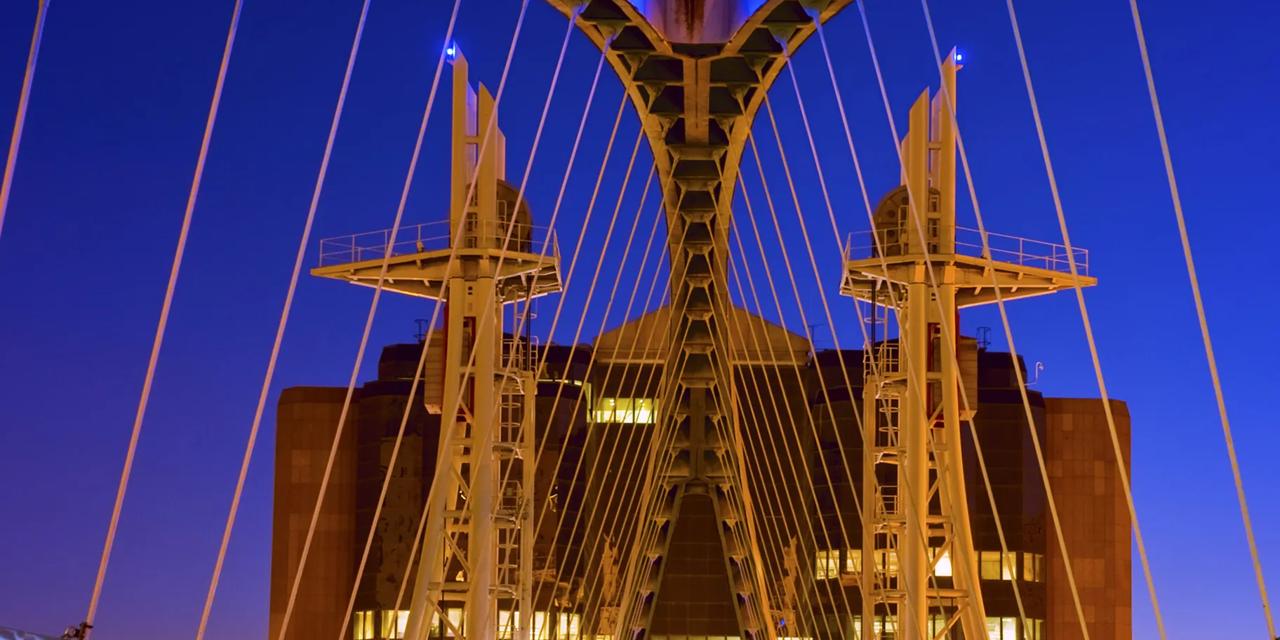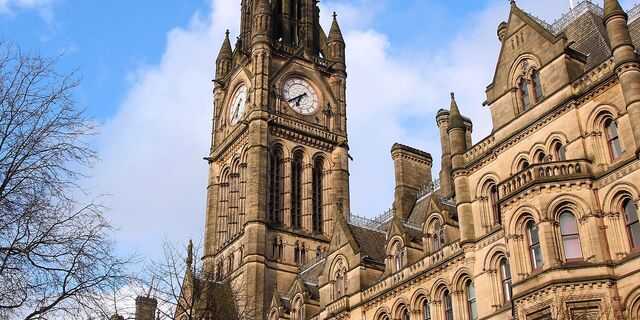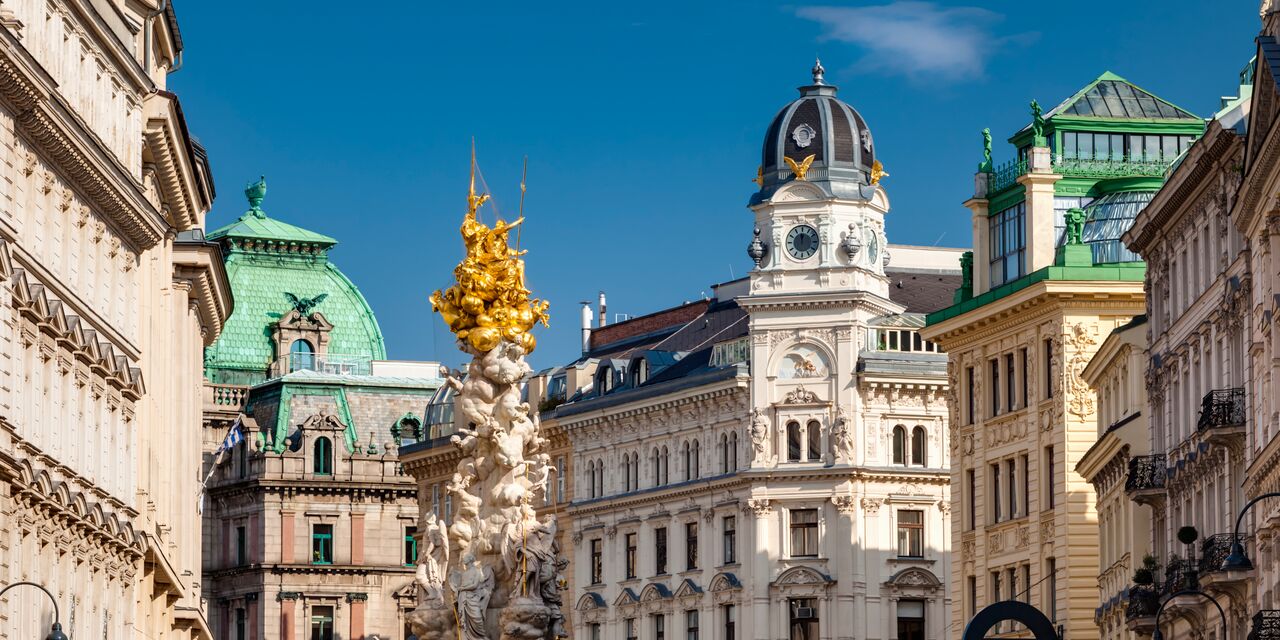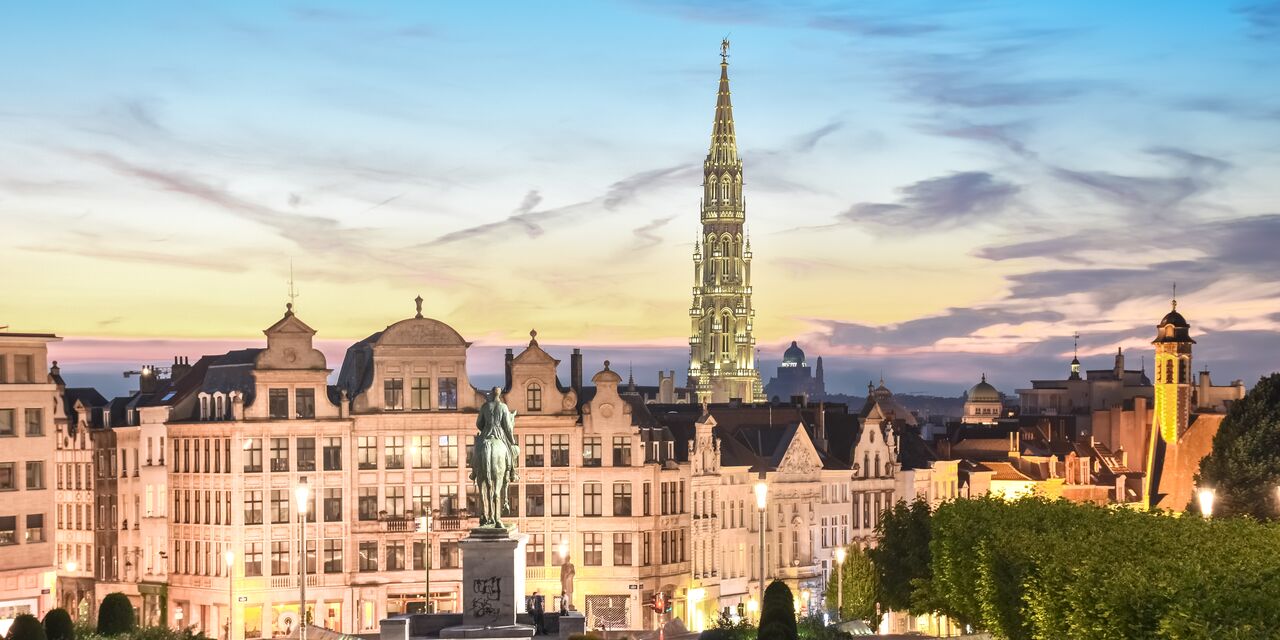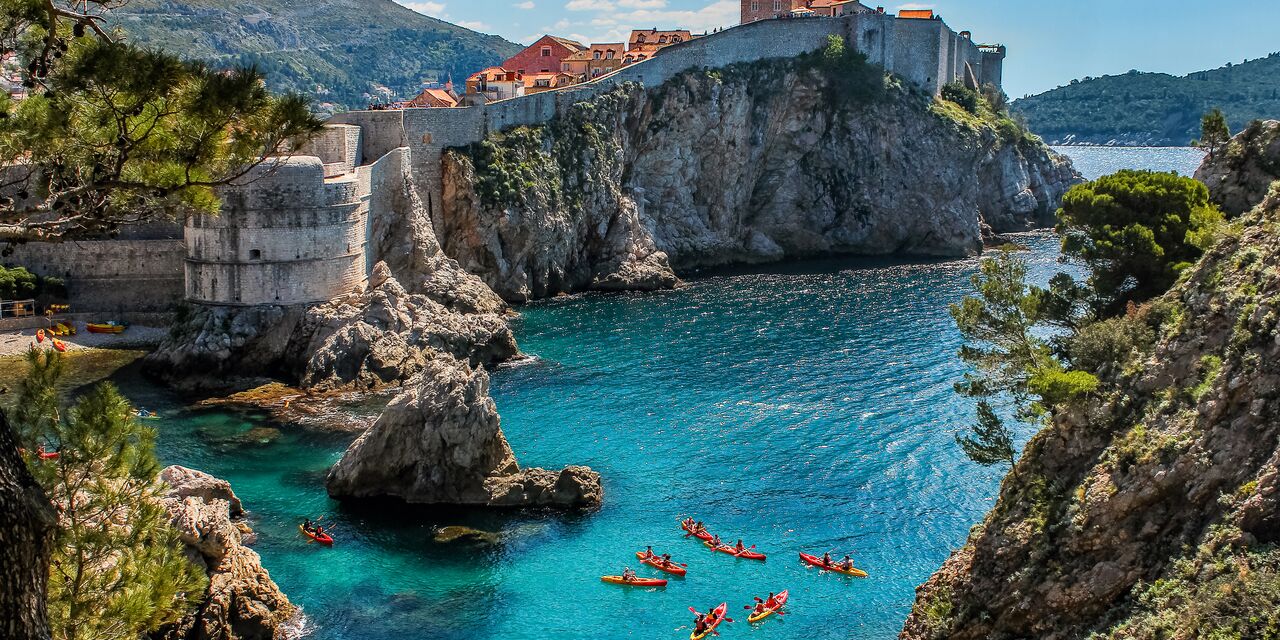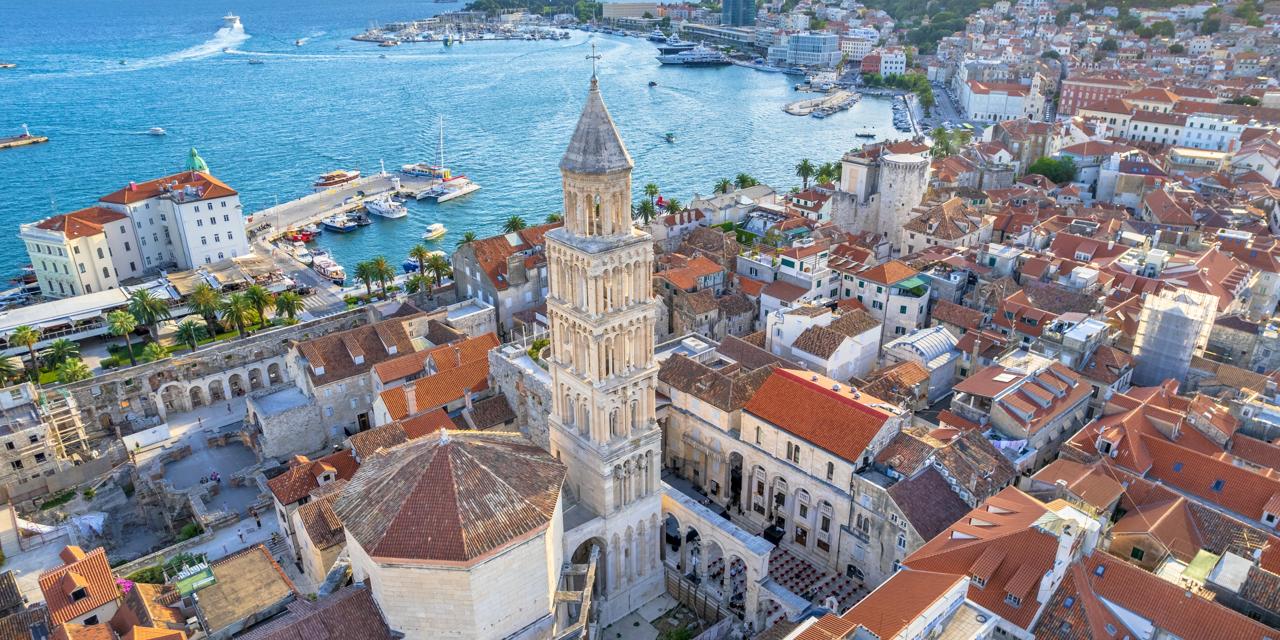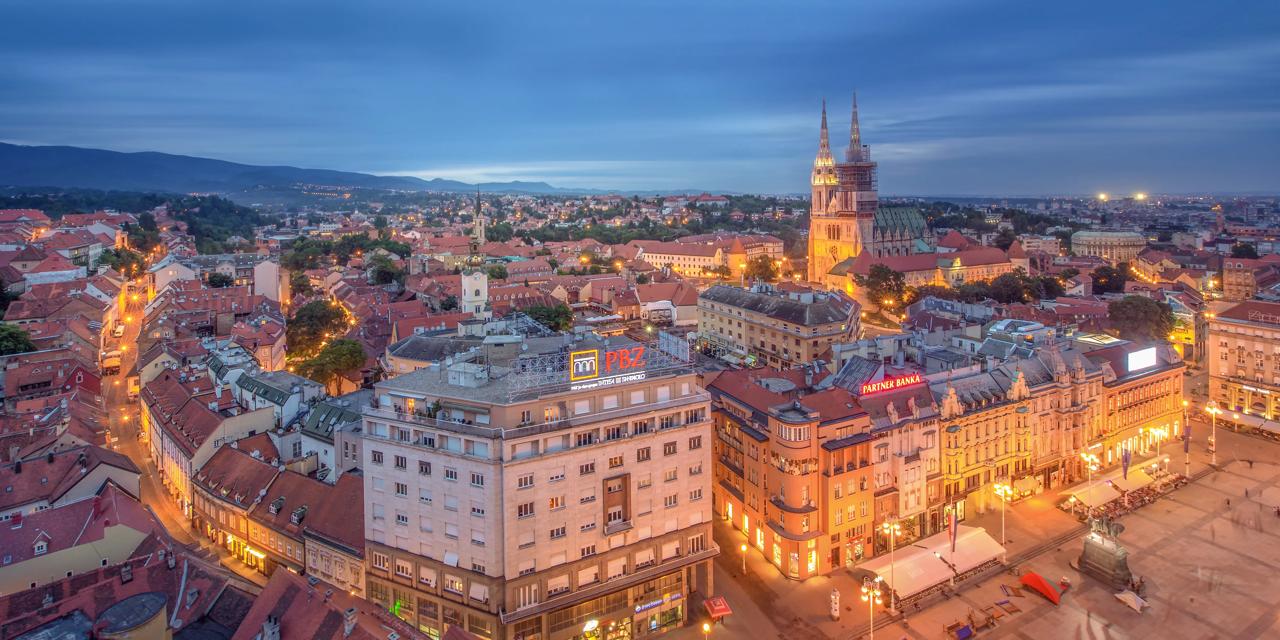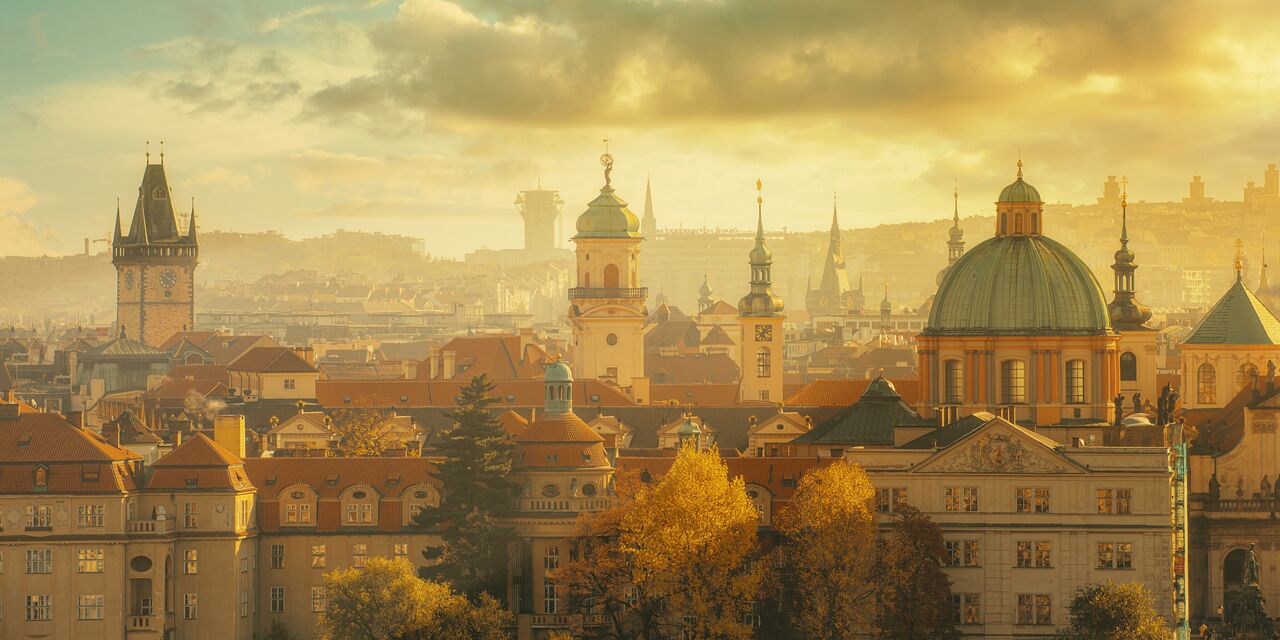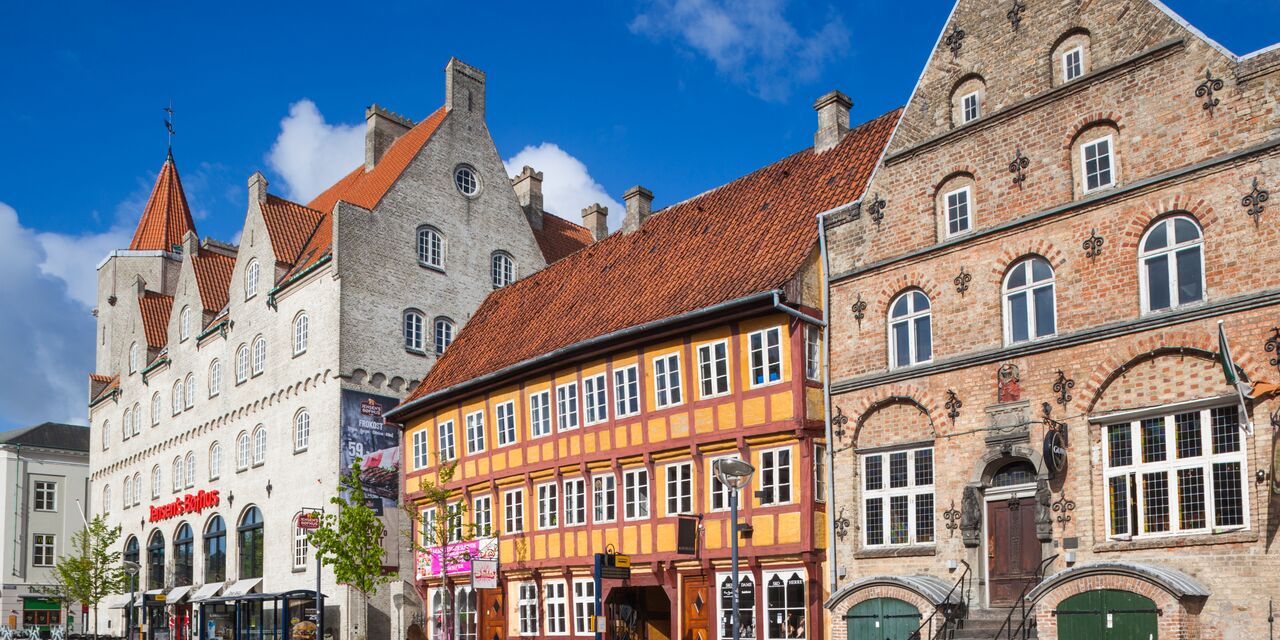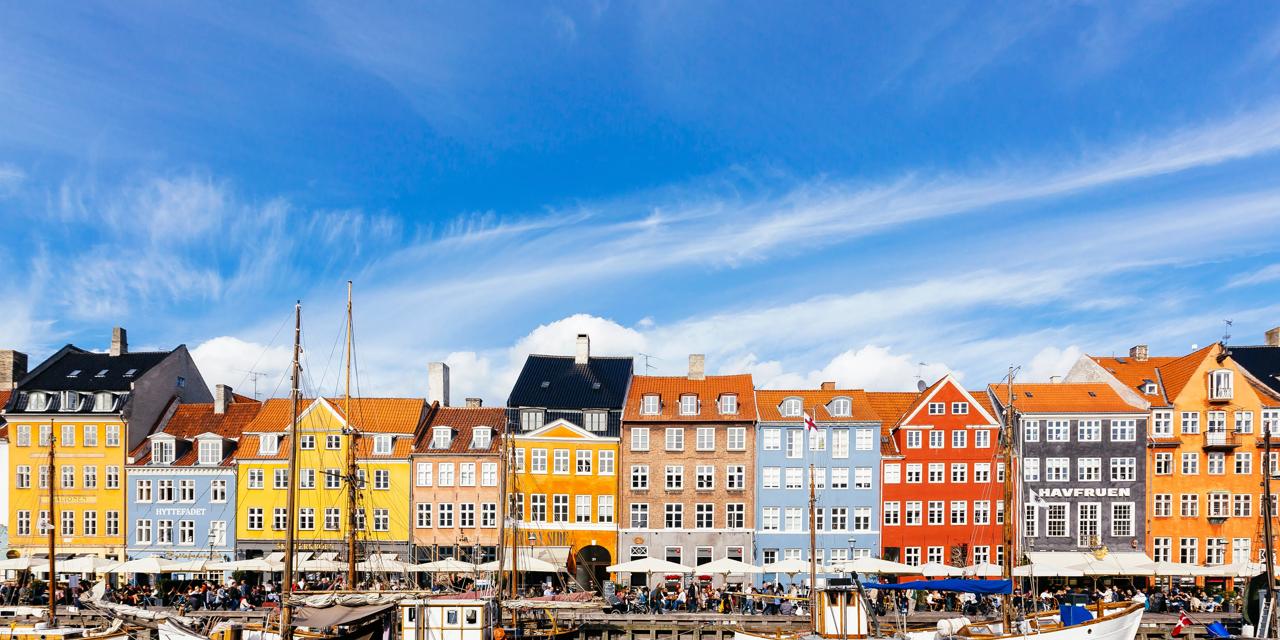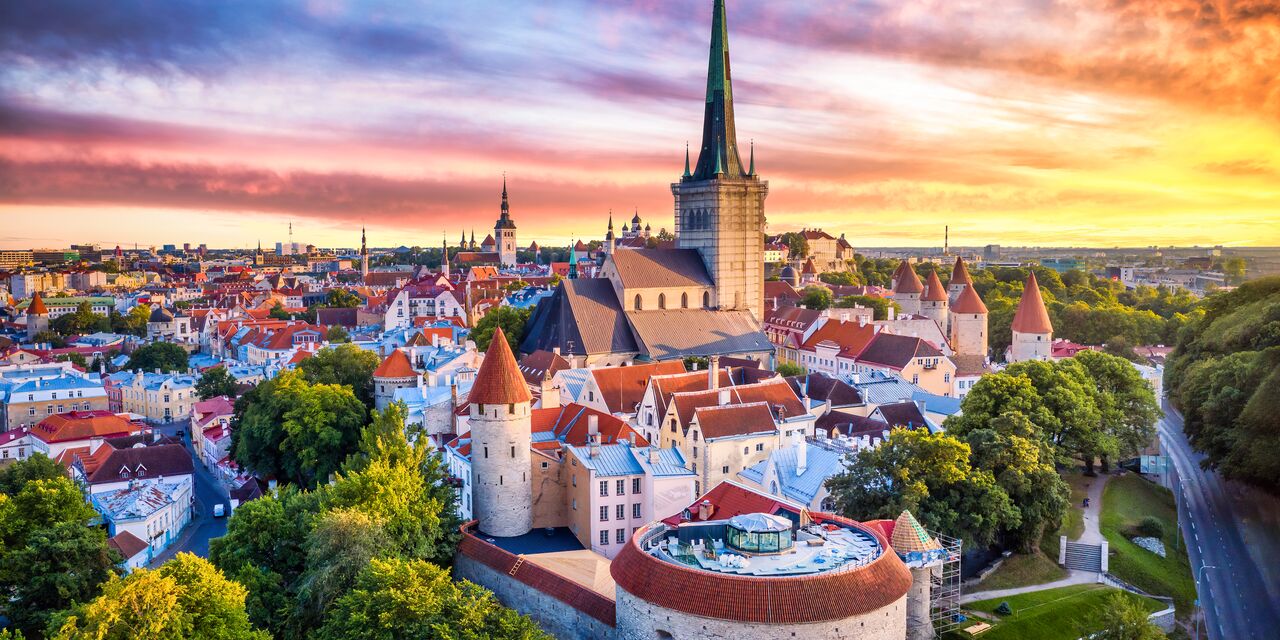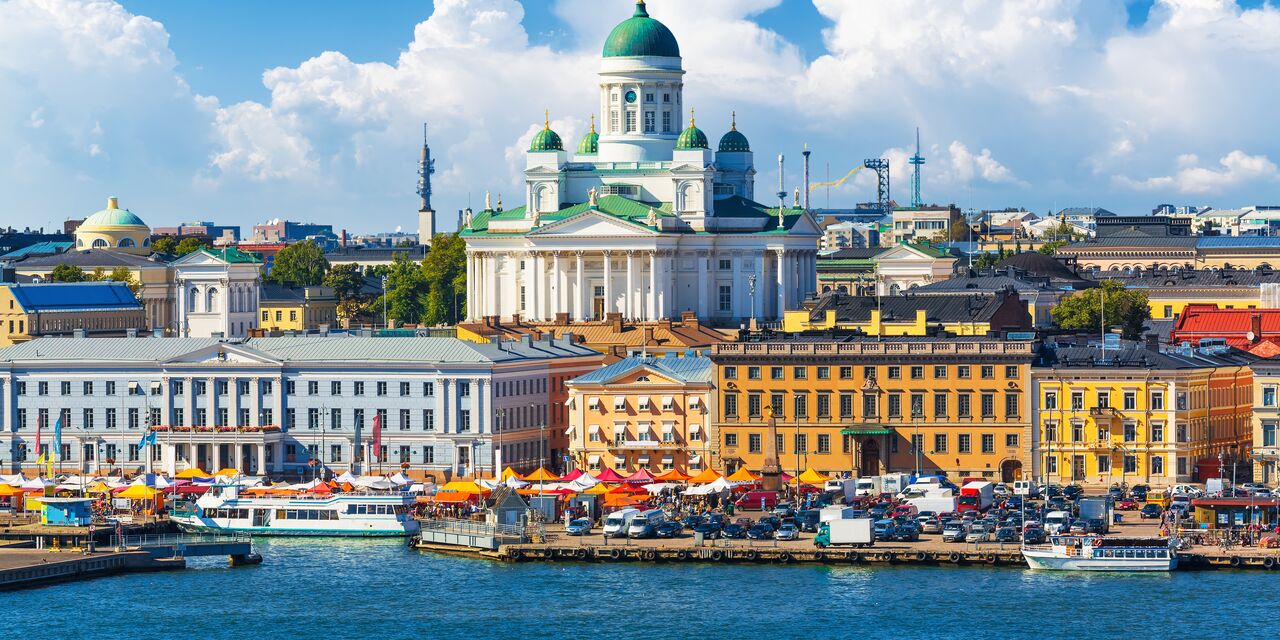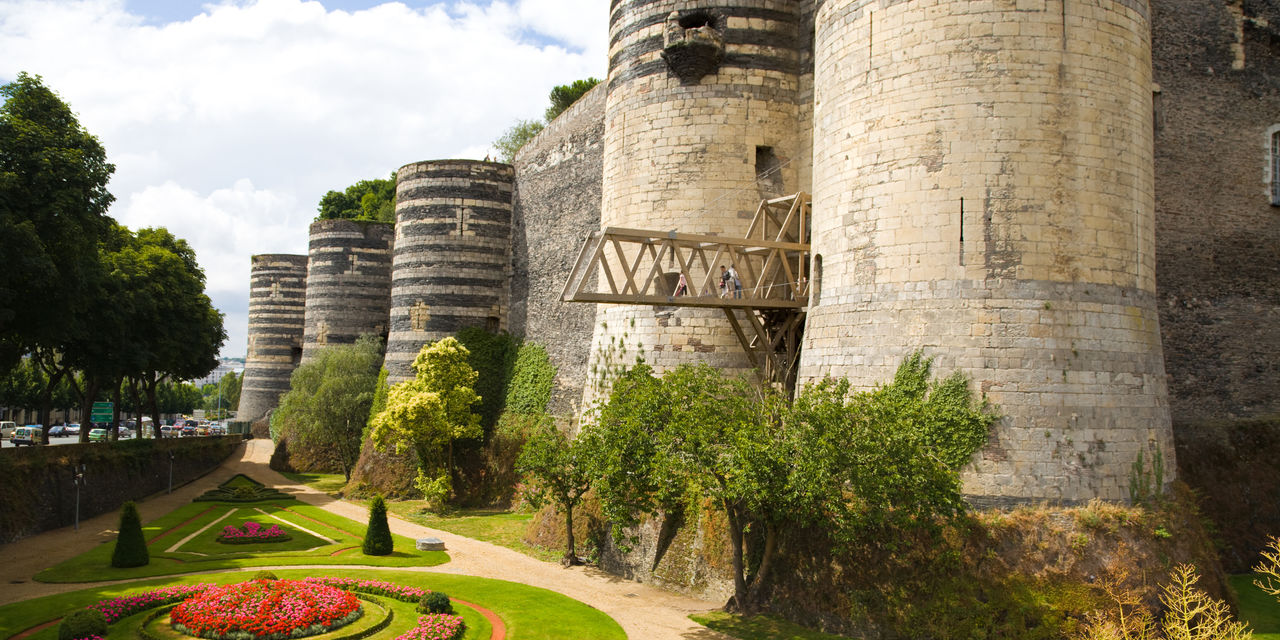From Victoria to Libeskind
When Queen Victoria opened Salford Docks in 1894, things were looking rosy for the industrious harbour area. Cargo and passenger ships departed for the United States and Canada via the Manchester Ship Canal, the largest navigable channel in the world at the time. The harbour then grew to be the third biggest port in Great Britain, but the increased use of containers and ever-larger ships put an end to all this. One hundred years after the construction of the channel, Salford Docks closed down. Following the example of places such as Canary Wharf in London, NDSM Wharf in Amsterdam and Sydhavnen in Copenhagen, this abandoned and shabby harbour area underwent a rigorous transformation to become a trendy residential, shopping and entertainment district. Manchester cleaned up the contaminated soil, filled in the docks and built modern footbridges. Famous architects designed dozens of modern buildings, including The Lowry by Michael Wilford and the Imperial War Museum North by Daniel Libeskind.
Tips for a day at Salford Quays
Affordable shopping can be found in The Lowry Outlet Mall at the likes of Marks & Spencer, GAP and Molton Brown. The variety of shops and restaurants is impressive. You can enjoy a bite to eat at the fast-paced Wagamama or the trendy Damson, watch a film from one of the 2,000 seats in the 7-screen Vue multiplex, or spend the night in the popular 4-star Copthorne Hotel. You can also go on a special walking tour called Unlocking Salford Quays and explore the area in a different way. The tour takes you along various modern works of art that depict the history of Salford Quays ( www.thelowryusq.com ). Another option during the summer is to take the red-and-white boat and enjoy Salford Quays from the water ( www.manchestercruises.com ).

